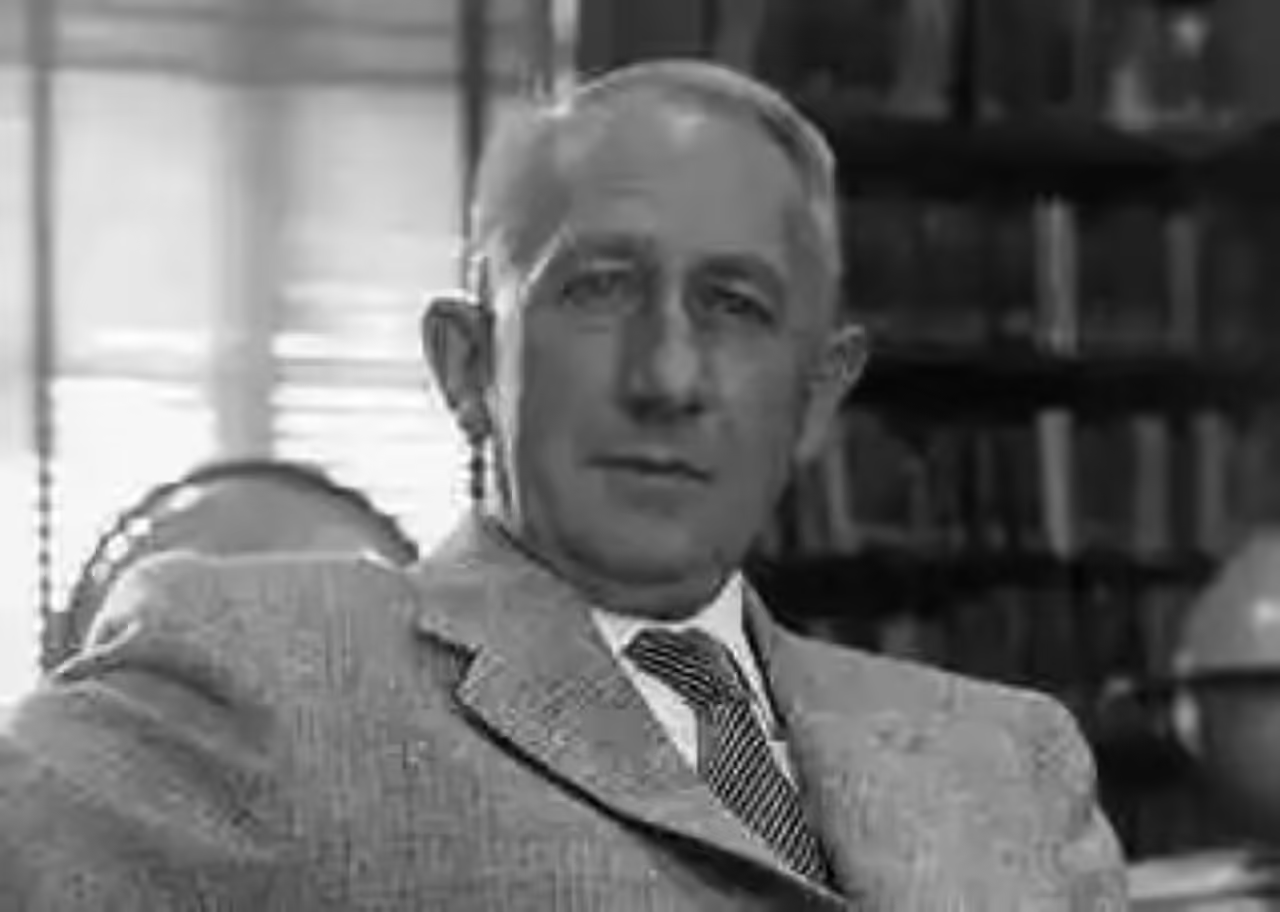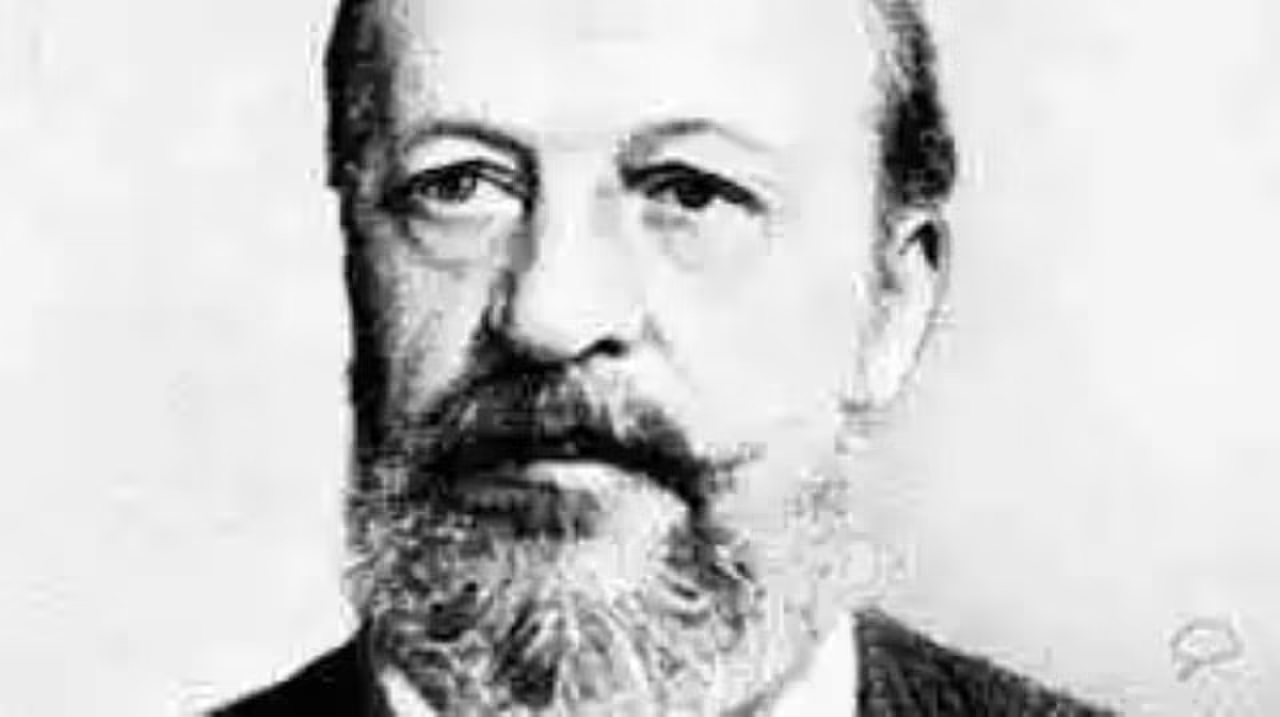Wilhelm Heinrich Walter Baade (24 March 1893 – 25 June 1960) (Schrodtinghausen, Westphalia, Germany). Astronomer and scientist of German origin, historically known as Walter Baabe, due to his habit of not using his first two names.
It is recognized in the scientific world for having promulgated the concept of Star Population, which was fundamental to understanding the evolution of stars.
He also discovered a total of sixteen asteroids in space. Also, during his career he came to discover two types of Cepheids, finding that the distance of the Andromeda Galaxy was twice what was calculated so far, resulting in Astronomy redefiningthe dimensions they had calculated for the Universe, thus becoming one of the most important astronomers of the twentieth century.
Early Life
Walter Baade was born on March 24, 1893, in the town of Schrodtinghausen, Westphalia, Germany,to the marriage of schoolteacher Konrad Baade and his wife Charlotte Baade.
In 1903, at the age of ten he was sent by his parents to Herford, where he entered the Baade Friedrichs-Gymnasium, in order to study theology, according to his mother’s wish. However, during his years of study, Walter leaned into mathematical, physical and scientific knowledge.
After graduation in 1912, he entered the University of Munster, where he studied for a whole year, before leaving for Gottingen, where he studied Mathematics, Astronomy and Physics for six years, until 1919. During his stay in Gottingen he had the opportunity to work as an assistant to Felix Klein, a renowned mathematician of the time. That same year he obtained his doctorate.
Beginnings as an Astronomer
Baade then began his career as an astronomer, entering as an assistant in the management of the Hamburg Observatory, where he quickly exposed his great abilities. At that time, in 1920, he discovered the asteroid number 944, which he named Hidalgo.
In 1926 he earned a scholarship from the Rockefeller Board of Education, moving to the United States. In this country he had the opportunity to visit and make observations at the Harvard College Observatory, as well as at the Yerkes, Lick, the Dominion Astrophysical Observatory, as well as Mount Wilson.
A year later, he returned to Hamburg. In 1929 he obtained a faculty at the city’s main university, while resuming his research at the Hamburg Observatory.
However, he encountered strong opposition from the director, who did not approve of his inclined research to study new areas, while forcing him to simply confirm the positions and trajectories of already known celestial bodies.
In 1931, the Mount Wilson Observatory called him to offer him a vacancy as an astronomer, which he accepted. Most of his great discoveries would take place in this institution.
The Cygnus A Galaxy
In 1934, based on the thesis put forward by Fritz Zwicky and Rudolph Minkowski on supernovaas as a source of cosmic rays and stars as neutron producers, Baade devoted himself to the study of the Crab Nebula, managing to identify two types of Supernovae.
In conjunction with Munkoswski, he also identified some of the first sources of radiation discovered, including Cassiopeia A and Cygnus A. He also proposed that the Galaxy Cygnus A was actually two galaxies in coalition, which was discarded in the Moment.
Today it is known that it is an elliptical galaxy, which originally originated from two galaxy that collided, so their observations were right.
Stellar Population and Universal Dimensions
When World War II broke out, Baade had not arranged his citizenship, so he remained German. Considered a foreign enemy, he was confined to Pasadena. After several requests from the Mount Wilson Observatory, he was allowed to continue his research, without being assigned any war work, like the rest of the astronomers.
Situation that Baade made the most of, spending long hours of night watching. Through the 2.5 m telescope, Baade gave himself up to the studio of the Andromeda Galaxy.
In 1940 he managed to photograph stars located in the central area of this galaxy, discovering that there were two types of stars: some that were red, and were more towards the center of the galaxy, which he called Population I, as opposed to those blue, which were towards the outer limits of the galaxy, which Baade called Population II.
According to his theory, the stars of Population I were younger than those of Population II, thus promulgating the concept of Star Population, as well as that of stellar evolution.
In 1944, Baade discovered the asteroid Icarus. Also, in 1949, while conducting his research at the Monte Palomas Observatory, he managed to determine that the Andromeda galaxy was twice the distance conceived up to that point. By his calculations Andromeda would be about two million light-years away from our planet. With this discovery, Baade forever changed the conception of the dimensions of the universe.
Final years
After retiring from Mount Wilson, and spending time at the Mount Stromlo Observatory in Australia, Baade returned to Germany in 1959. Once in his native country he took on a teaching in Gauus, at the School of Gottingen.
However, a year later, on June 25, 1960, while recovering from hip surgery, he died of cardiac arrest. His written work was organized by some astronomers, including Jan Oor, Ira Bowen and Henrietta Swope, and is currently in the possession of Mount Wilson and the Palomar Observatory, waiting to be fully catalogued, in order to publish them.
Image source: nashivkosmose.ru








